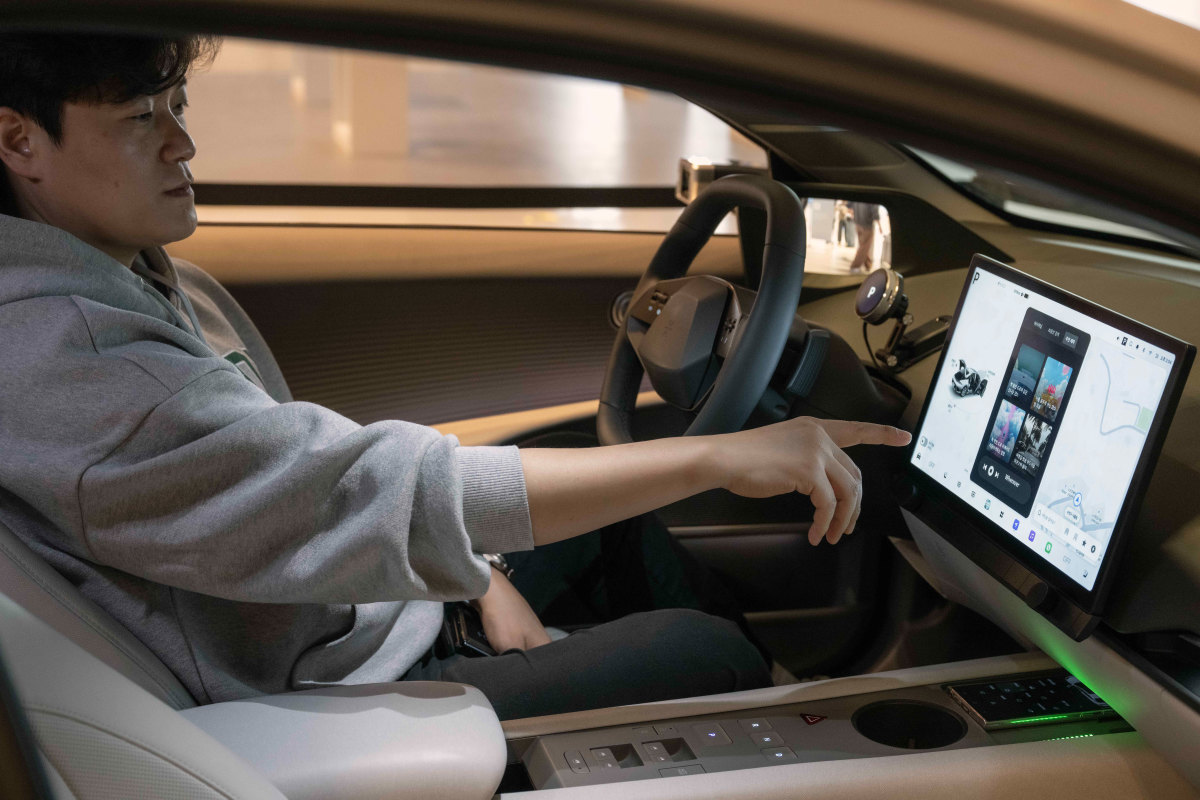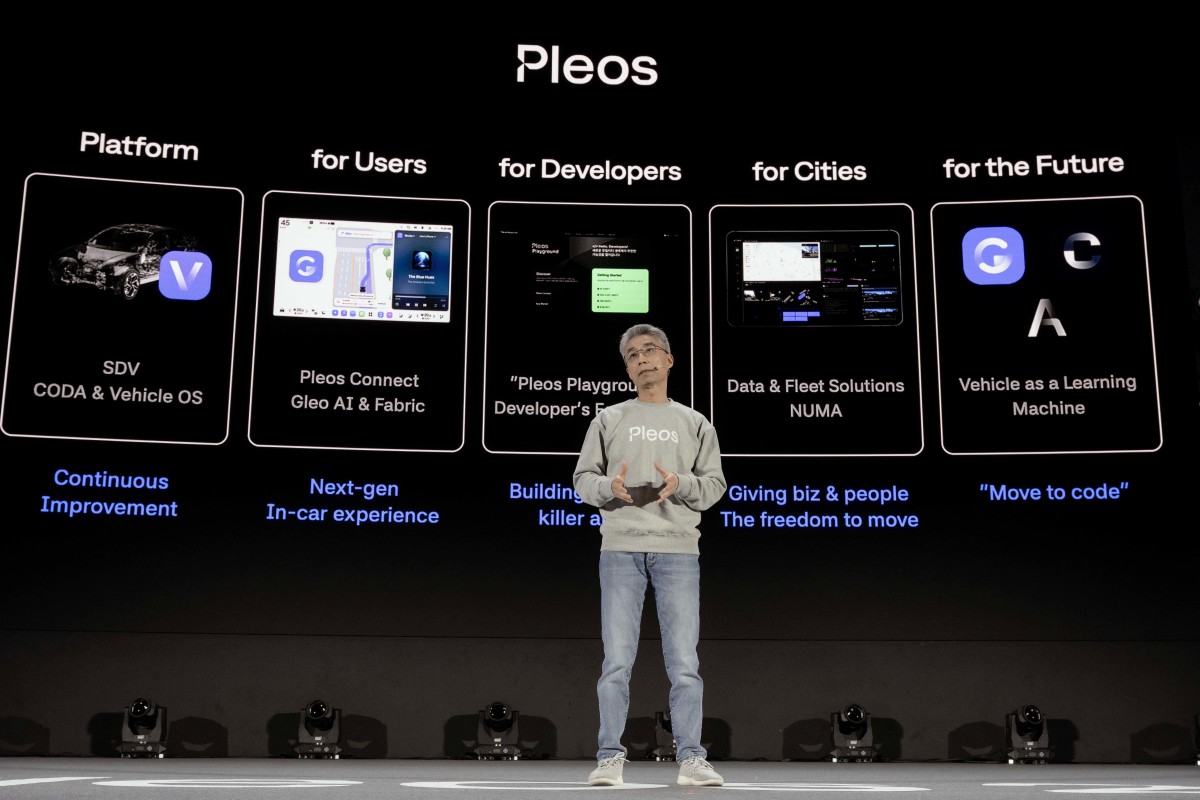Hyundai shows off next-generation technology in Korea
Hyundai has introduced its software brand, Pleos, which is scheduled to launch a next-generation in-vehicle infotainment system dubbed Pleos Connect in the second quarter of 2026. The automaker estimates that Pleos Connect will be present in over 20 million of its cars by 2030. The system is based on the Android Automotive OS (Operating System) and features a smartphone-like user interface with split-view, multi-window functions, ‘Gleo AI’ voice recognition-based agentic AI for intelligent vehicle control, and a single connected user profile accessible in any compatible car.
Hyundai states that Pleos Connect will emphasize user-friendly features, but the technology may not be as accessible as the automaker hopes with its heavy reliance on touch-activated controls, like Tesla’s infotainment system.

Hyundai
Touchscreens are not a fan favorite
Many drivers have complained about the excess of touch controls in newer cars, describing physical controls as offering a more intuitive feel. Swedish auto publication Vi Bilägare conducted a study in 2022 that found touchscreens perform worse than physical buttons in vehicles. The study gathered 11 modern cars from different automakers and one 2005 Volvo V70 to measure the time it took drivers to complete routine tasks like changing the interior’s temperature while driving at 68 mph. Before the evaluation started, subjects had time to learn the vehicles’ infotainment systems, making sure everyone was on a level playing field. The study found that the easiest car to understand and operate was the 2005 Volvo V70 by a long shot, whereas drivers in the worst-performing vehicle, MG’s Marvel R, took more than four times the Volvo’s distance to complete tasks.
However, despite its upcoming Pleos Connect infotainment system primarily relying on touch inputs, Hyundai said in November that it made a mistake investing too heavily in the technology. “As we were adding integrated [infotainment] screens in our vehicles, we also tried out putting touchscreen-based controls, and people didn’t prefer that,” said HDNA (Hyundai Development and Manufacturing of North America) Vice President Ha Hak-soo told Korea JoonAng Daily. “When we tested with our focus group, we realized that people get stressed, annoyed, and steamed when they want to control something in a pinch but are unable to do so.”
Still, HDNA told JoonAng Daily that this generally negative attitude toward touch controls might shift among consumers as driver-assistance and self-driving technology develops. Having a car drive for you naturally removes much of the pressure and frustration associated with taking your eyes off the road to mess with unfamiliar touchscreens. Hyundai introduced Pleos Connect during Friday’s Pleos 25 developer conference in Seoul, South Korea. During the conference, 26 partners displayed in-car apps and services based on Pleos Connect while exchanging feedback and inspecting app ecosystem expansion potential.

Hyundai
Final thoughts
While Hyundai noted that drivers’ attitudes toward touch-activated controls may change, the automaker’s decision to go all-in on releasing its new Pleos Connect infotainment system during the second quarter of 2026 highlights its big bet that driver perceptions will shift sooner rather than later. The dealbreaker will likely be whether Pleos Connect technology wows consumers enough to move them away from the higher degrees of tactile feedback that physical buttons have and continue to provide.